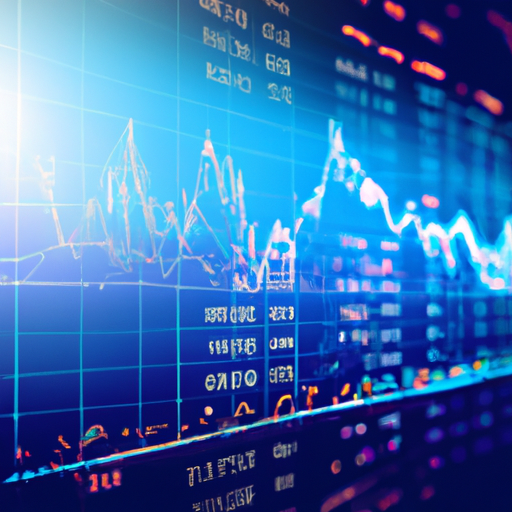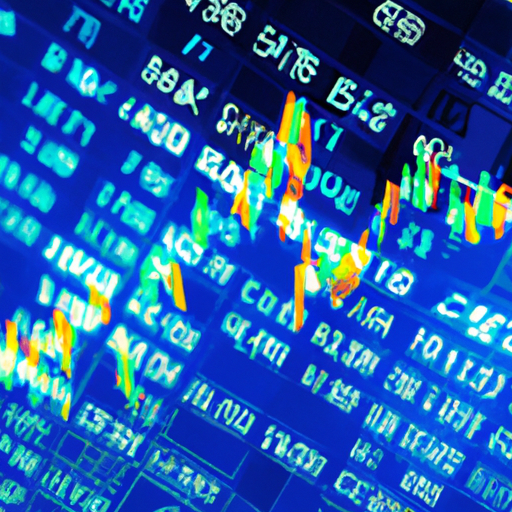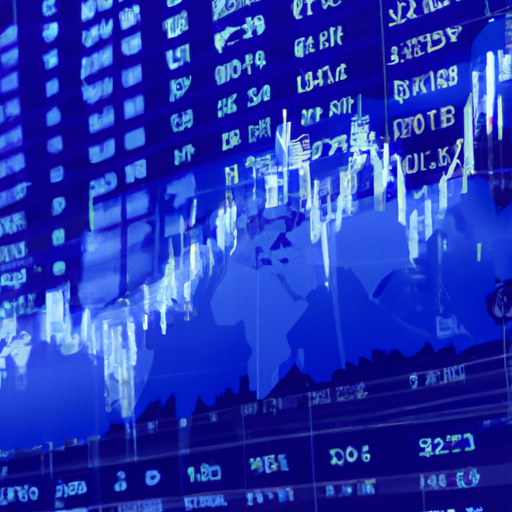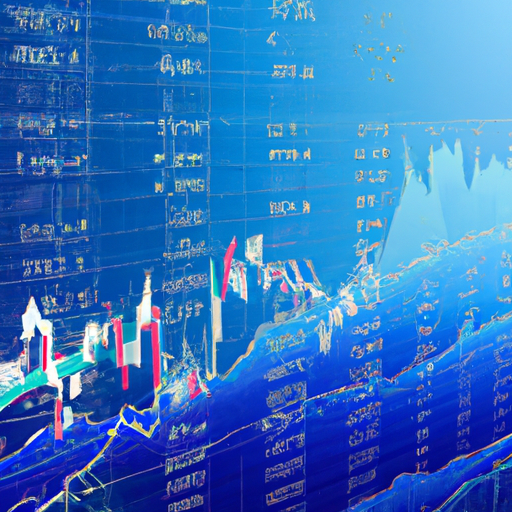Automated Trading Systems
Introduction to automated trading systems
Automated trading systems have revolutionized the way we approach financial markets.
With the advent of technology, traders no longer need to be glued to their screens, manually placing trades.
Imagine having a system that executes trades on your behalf, based on pre-defined criteria and strategies.
That’s precisely what automated trading systems do.
These systems are not just for big institutions anymore; individual traders can also leverage this technology to enhance their trading strategies.
What are automated trading systems?
Automated trading systems, also known as algorithmic trading or auto-trading, involve using computer programs to enter and exit trades automatically.
These programs are designed based on specific rules and algorithms that determine when a trade should be executed.
For instance, an automated trading system might be programmed to buy a particular stock when its 50-day moving average goes above the 200-day moving average and sell it when it falls below.
The beauty of these systems lies in their ability to remove human emotion from the equation.
They adhere strictly to the set parameters, ensuring consistency and discipline in trading.
The role of algorithms in automated trading
Algorithms form the backbone of automated trading systems.
These are complex mathematical models that analyze market data and identify potential trading opportunities.
For example, high-frequency trading (hft) strategies use sophisticated algorithms to execute thousands of trades per second.
This speed is beyond human capability, allowing traders to capitalize on even the smallest price discrepancies in the market.
Moreover, algorithms can be backtested using historical data to evaluate their performance before being deployed in live markets.
This process helps in fine-tuning strategies and improving their effectiveness over time.
Advantages of automated trading systems
There are numerous benefits associated with using automated trading systems:
1. Consistency: unlike human traders who may act impulsively or emotionally, these systems stick strictly to predefined rules.
2. Speed: they can execute trades much faster than any human trader ever could.
3. Backtesting: traders can test their strategies on historical data before risking real money.
4. Diversification: multiple strategies can be deployed simultaneously across different markets without any additional effort.
5. Reduced emotional bias: by eliminating emotions from decision-making processes, automated systems help reduce errors caused by fear or greed.
Real-life example: the power of automation
Consider john, an individual trader who works full-time but loves dabbling in stock markets during his free time.
John decides he wants more consistent results without dedicating all his free hours monitoring charts and news feeds constantly.
He researches various options available online for creating an automated system tailored specifically for him – one that buys stocks showing upward momentum while selling those losing value quickly enough before incurring significant losses
After setting up his parameters carefully after thorough backtesting over several months’ worths’ worths’ worths’ worths’ worth’s worth’s data (to ensure reliability), john finally deploys his new tool into action…
And voila!
Within weeks he notices improved returns compared against manual efforts previously made; not only saving precious personal downtime but also increasing profitability through disciplined execution devoid emotional interference typically experienced during live sessions!
Challenges and risks involved
While there are many advantages associated with using automated systems – they aren’t without challenges:
1) Technical failures: software glitches or connectivity issues could result missed opportunities/financial losses if not addressed promptly
2) Over-optimization: excessive tweaking parameters during backtesting phase might lead unrealistic expectations when applied real-world scenarios leading suboptimal outcomes once implemented live environments
3) Market volatility: sudden unexpected changes market conditions may render certain algorithms ineffective temporarily requiring constant monitoring adjustments ensure continued success long-term basis
4) Costs involved: developing maintaining sophisticated algorithms often requires significant investment both terms time money making accessibility somewhat limited average retail investor compared larger institutional counterparts able allocate resources accordingly
Despite these potential pitfalls though – many savvy individuals still find value integrating such tools into overall strategy mix thereby enhancing overall performance minimizing downside risks simultaneously!
Risk management in automated trading systems
Effective risk management is crucial when utilizing automated systems:
1) Setting appropriate stop-loss limits prevent excessive drawdowns during adverse conditions
2) Diversifying across multiple asset classes reduce exposure single point failures
3) Regularly reviewing updating parameters ensure continued relevance changing environments
4) Utilizing position sizing techniques manage capital efficiently avoiding over-leveraging positions unnecessarily risking entire portfolio undue stress events beyond control arise unexpectedly!




